Hit enter to search or ESC to close
Product descriptions
Ah32 steel plate is used for shipbuiling&platform.The shipbuilding steel plate grade AH32 is the high tensile strength steel. Ah32 shipbuilding steel has good toughness properties, higher strength,strong corrosion-resistance,the processing properties,and welding properties. ASTM A131 Ah32 steel plate can be used in the manufacture of the ship's hull structure whose weight is more than 10000 tons.
AH32 Shipbuilding steel plate specification:
Thickness: 4mm to 260mm,
Width: 1200mm to 4000mm
Length: 3000mm to 18000mm.
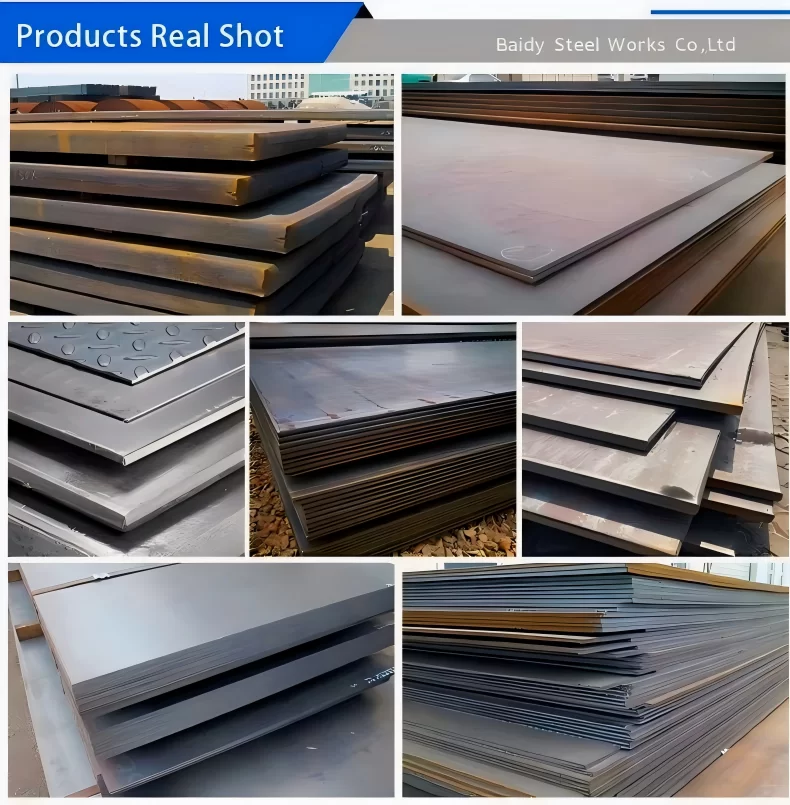
Company Profile
Our company was founded in 1992 with a registered capital of US$29.8 million. We currently have over 6,000 employees. We are a large-scale, comprehensive steel enterprise integrating coal washing, coking, sintering, ironmaking, steelmaking, rolling, power generation, oxygen production, and scientific research. We have an annual production capacity of 10 million tons each of iron, steel, and materials. Our leading products include high-strength structural steel, steel for boilers and pressure vessels, shipbuilding steel, bridge steel, high-rise building steel, wear-resistant steel, automotive steel, pipeline steel, cold-rolled steel, and galvanized steel.
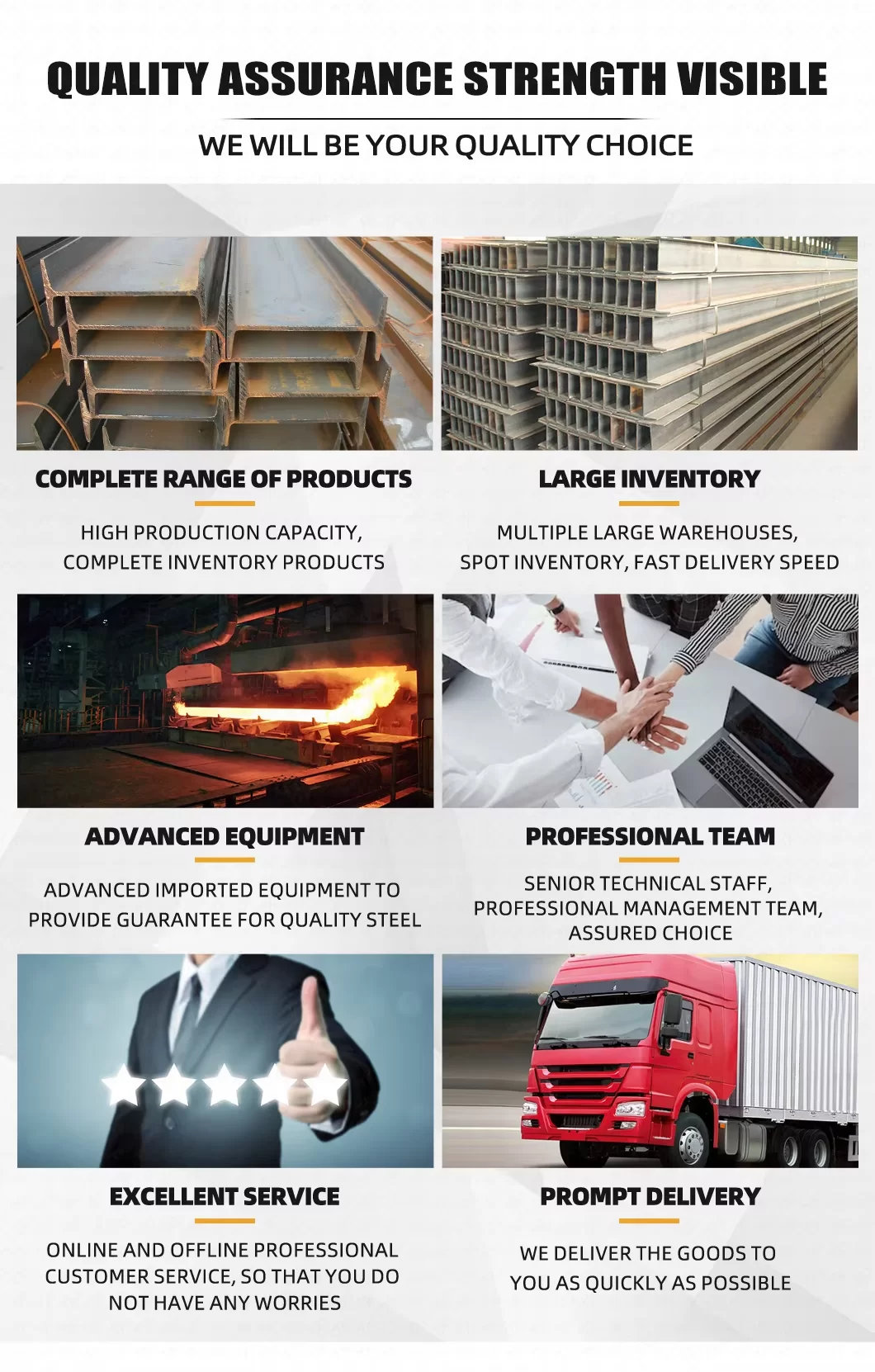
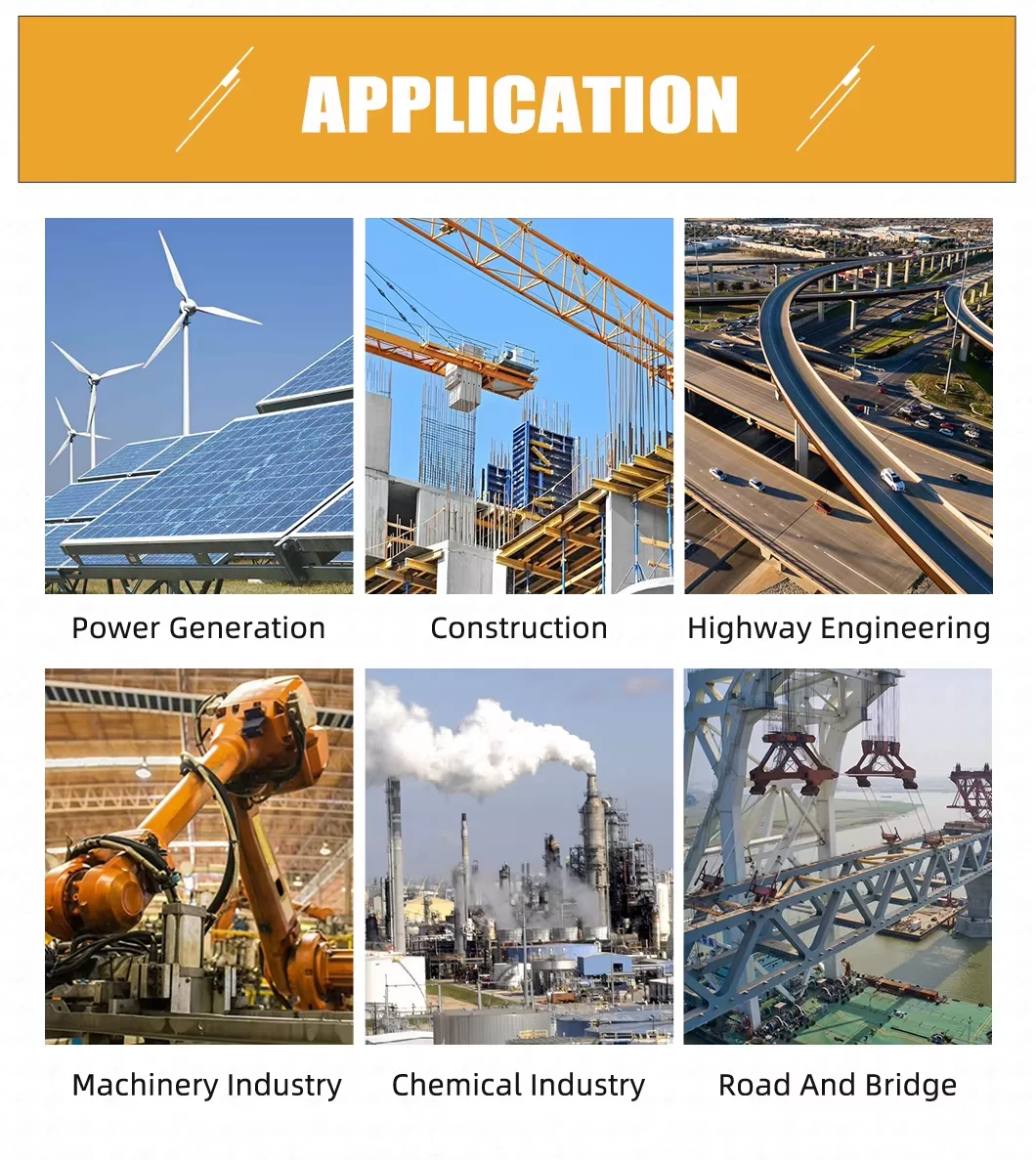
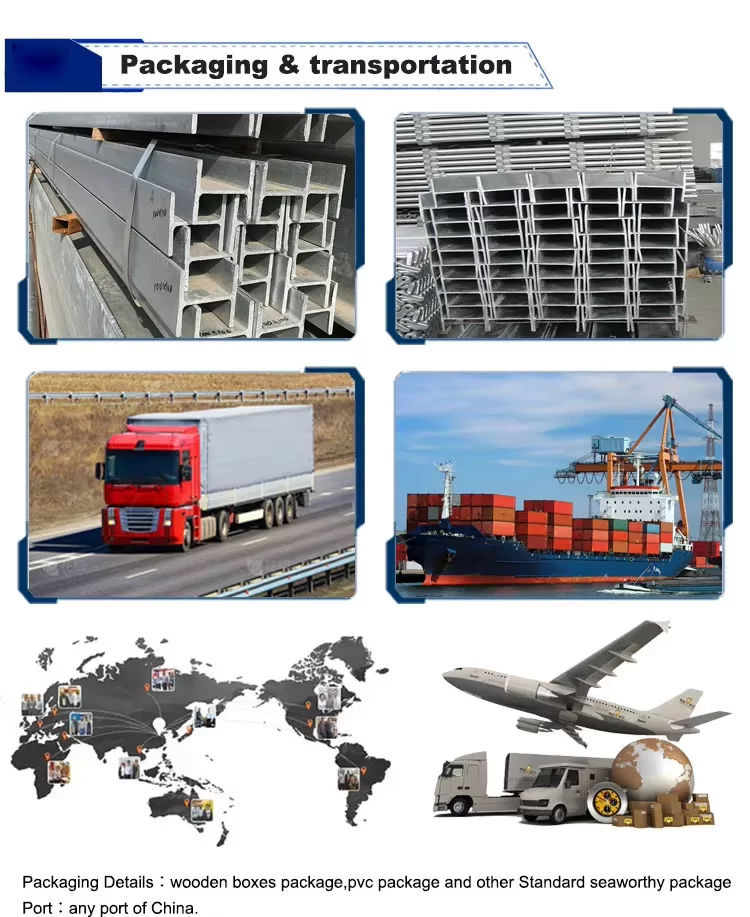
Are you a trading company or a manufacturer?
Will you deliver on time?
Do you provide samples? Isit free or extra?
Do you accept third-party inspection?
How do you ensure the quality of your product?
Xingtai Baidy Steel Works Co.,Ltd
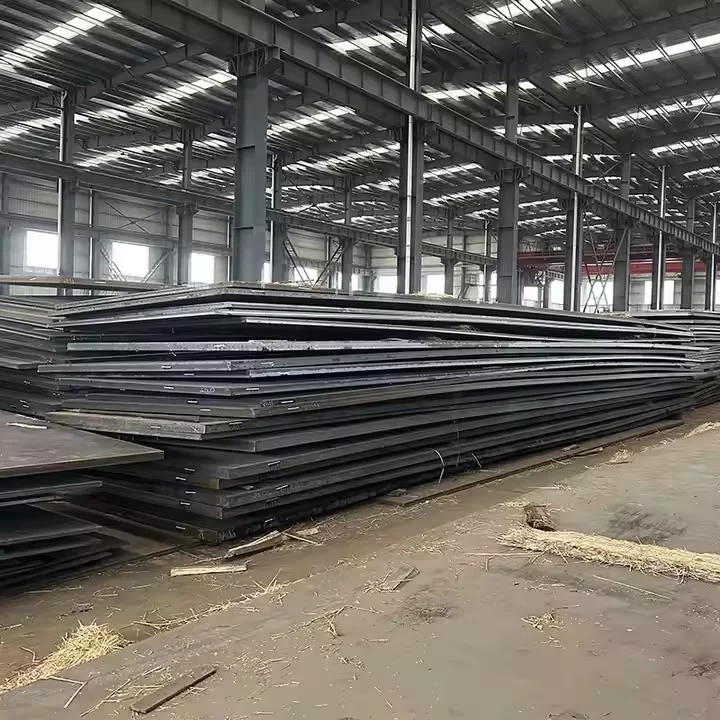
In shipbuilding, mild steel and high-strength low-alloy (HSLA) steel plates are commonly used due to their strength, weldability, and toughness in marine environments. Grades such as ABS, DNV, or ASTM A36/A131 are frequently selected to meet classification society standards for hulls, decks, and bulkheads. Mild steel provides good formability and is suitable for general structural components, while HSLA and specialized marine steels offer higher tensile strength and improved corrosion resistance, essential for areas exposed to harsh sea conditions. Additionally, some ships use corrosion-resistant or coated steel plates in critical parts to extend service life. These steel plates are produced in various thicknesses, typically hot rolled for strength and large-scale structural applications. Overall, the choice of steel ensures that ships maintain durability, safety, and performance while withstanding waves, impact, and long-term exposure to seawater.
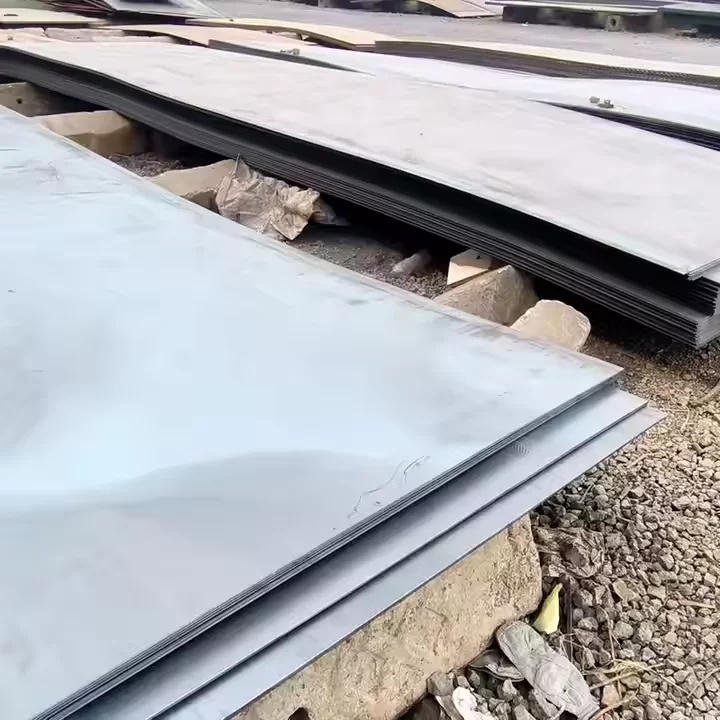
Hot rolled steel can be categorized into three main types based on composition and application: carbon steel, alloy steel, and structural steel. Carbon steel is the most common, containing varying amounts of carbon to provide strength and ductility, and is used for general fabrication, pipelines, and construction. Alloy steel includes additional elements like chromium, nickel, or molybdenum to enhance hardness, toughness, and resistance to heat and corrosion, making it suitable for heavy machinery, pressure vessels, and automotive parts. Structural steel is designed specifically for load-bearing applications, offering high strength and reliability for buildings, bridges, and industrial frameworks. All three types are produced by rolling steel at high temperatures above its recrystallization point, which allows the formation of thick plates, beams, and sheets with improved ductility, making hot rolled steel versatile for a wide range of industrial, construction, and engineering applications.